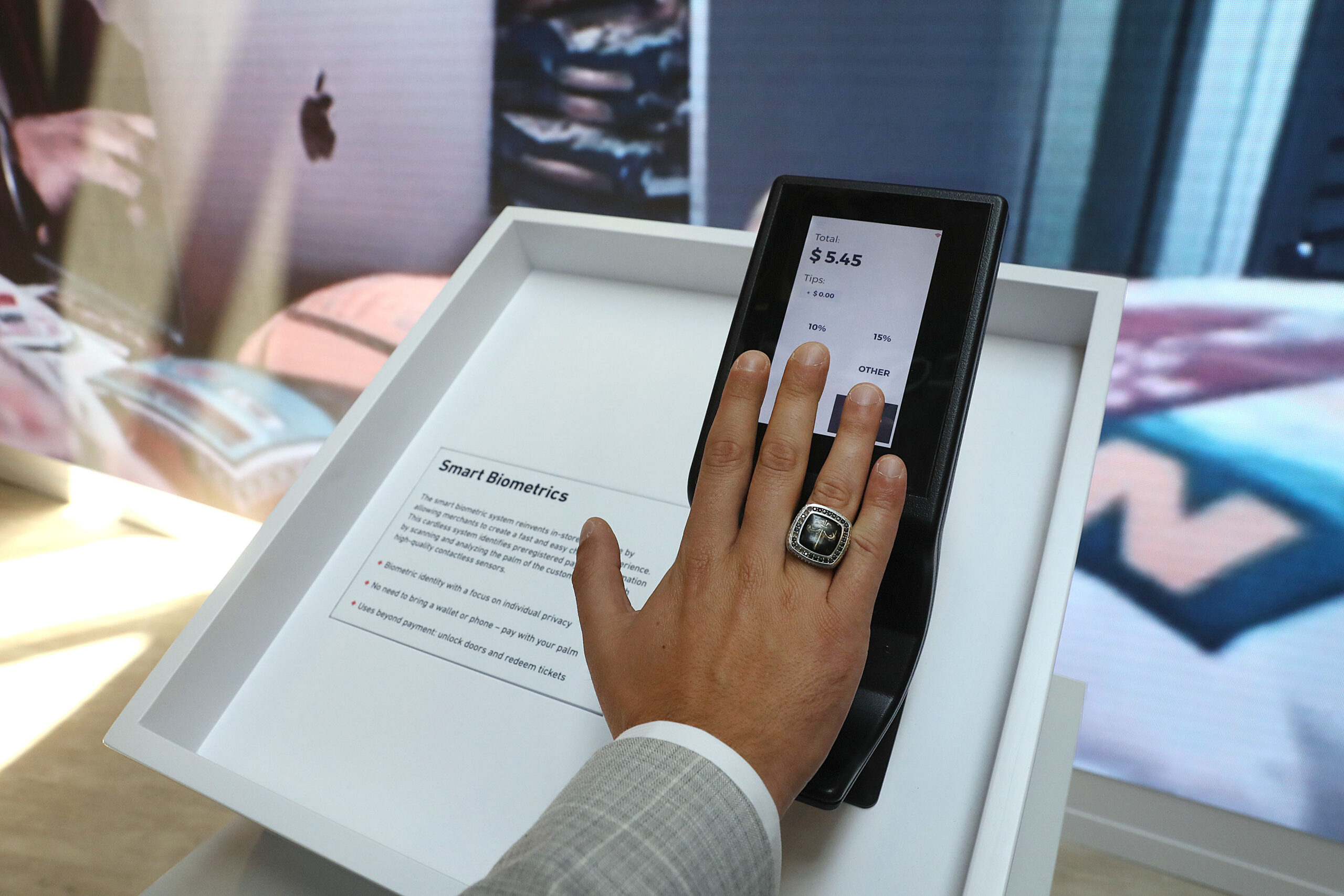In-store biometric payments are emerging as a significant trend in the retail sector, with companies like Amazon and PopID spearheading efforts to enhance customer checkout experiences. While many consumers are familiar with tapping their phones to pay, using biometric methods such as palm or facial recognition remains relatively novel in the United States. According to Christopher Miller, a lead analyst at Javelin Strategy & Research, early adopters are setting the groundwork for what could become a mainstream payment method.
The potential for biometric payments is substantial. Goode Intelligence forecasts that nearly 3.5 billion people will utilize biometric payment systems by 2030. This trend is supported by consumer interest; a recent survey from Javelin revealed that 68% of respondents had used biometrics for some purpose, while 47% expressed a likelihood to use biometric authentication in-store.
Understanding Biometric Payment Models
One prominent player in this space is PopID, a subsidiary of the Cali Group. It enables biometric checkout in over 380 locations across the U.S., primarily in quick-service restaurants. In collaboration with J.P. Morgan Payments, PopID is piloting a pay-by-face system at various merchants, including Whataburger. The restaurant chain reported improved checkout speeds and enhanced customer loyalty engagement through this technology. Customers must register for biometric payments via the Whataburger app, addressing privacy concerns by ensuring they provide consent.
Another notable solution is Amazon One, which leverages palm-vein recognition technology. This system identifies individuals by analyzing the unique vein patterns beneath the skin. It is currently available at more than 500 Whole Foods Market locations, as well as various Amazon stores, airports, and fitness centers. Users simply place their palm over the device to complete a transaction, providing a frictionless alternative to traditional payment methods.
Global Initiatives and Challenges Ahead
Biometric payments are not limited to the United States. In Brazil, Mastercard launched a Biometric Checkout Program in partnership with Payface and St. Marche. This initiative began with five supermarkets in São Paulo, allowing customers to pay by smiling after registering their facial data through the Payface app. Building on this success, Mastercard announced plans to expand into the Asia-Pacific region in late 2023 through a partnership with NEC Corp. Similarly, Tencent has teamed up with Visa to introduce palm recognition technology in Singapore.
Despite the promising outlook, several challenges remain for biometric payment adoption in the U.S. Miller points out that while existing payment methods, such as tap-to-pay, boast low fraud rates and quick transaction times, convincing consumers to switch to biometric systems may take time. The immediate incentives for widespread adoption are not yet clear.
Nevertheless, additional ancillary benefits may drive interest. Miller suggests that integrating biometric payments with other services—such as entry to sports venues or access to exclusive areas—could enhance their appeal. Systems are being developed that allow for continuous recognition, removing the need for repeated authorizations.
As biometric payment technologies continue to evolve, they promise a new frontier in retail transactions, making payments faster and more convenient for consumers worldwide.
